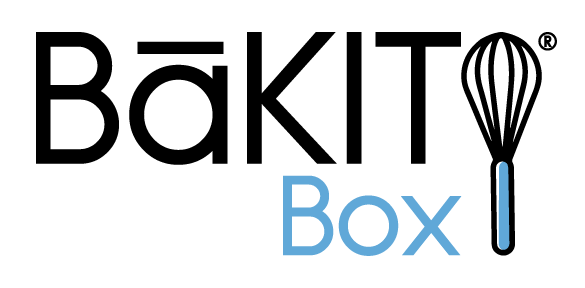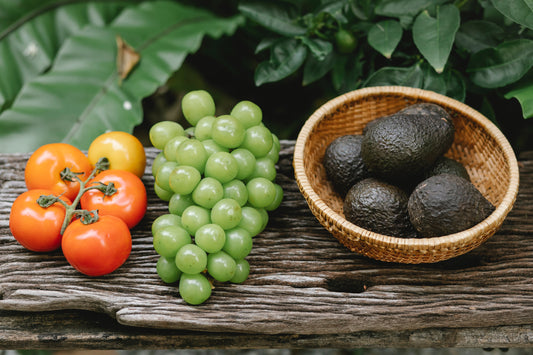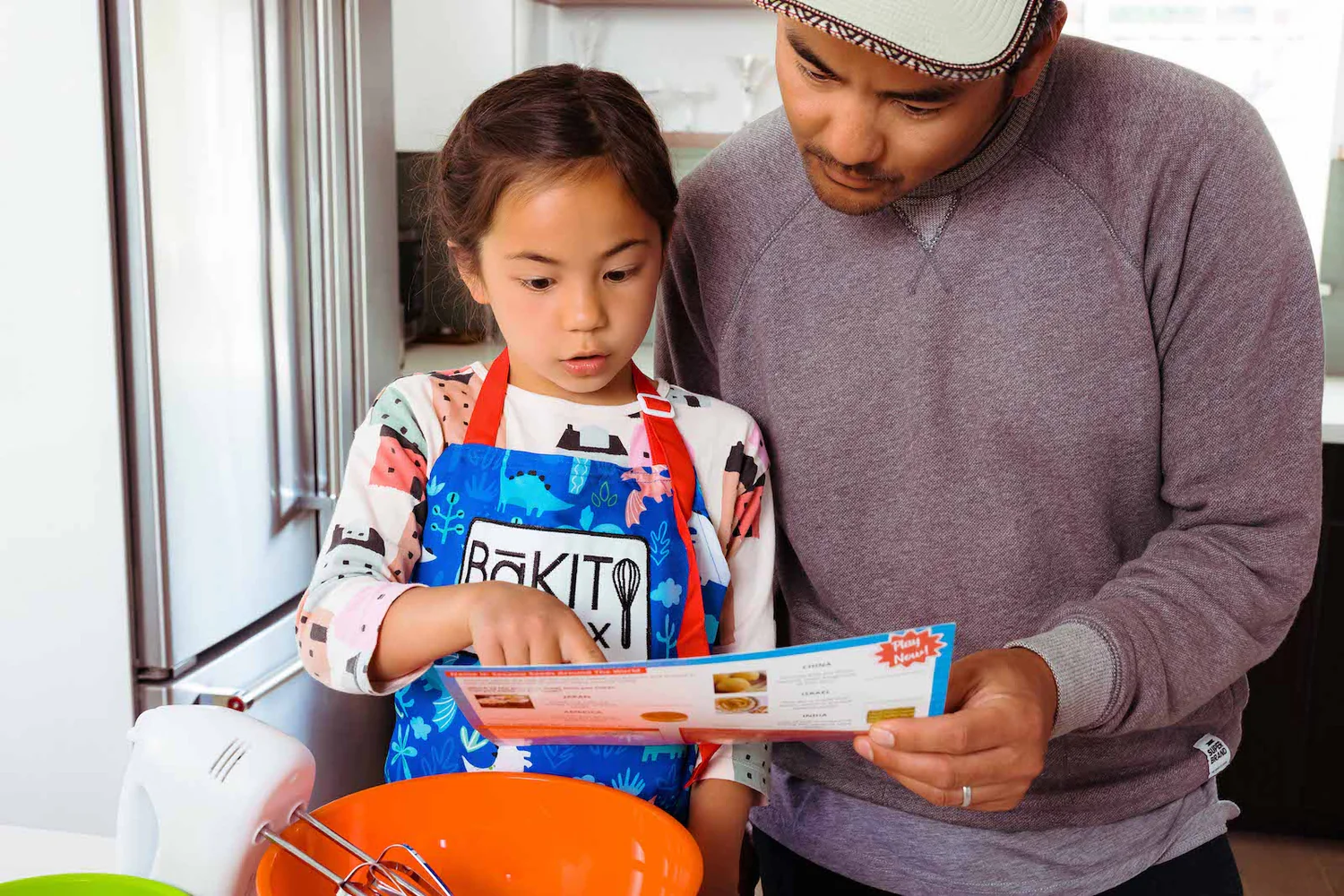Baking bread is a long-lasting human tradition that spans thousands of years and cultures around the globe. There’s no food staple that smells quite as delicious and tastes quite as comforting as a fresh-baked loaf coming straight out of the oven. And in order to make that loaf of fluffy, pillow-soft bread, you usually need some yeast!
What is yeast?
Yeast is a living, single-celled organism (a type of fungus, to be specific). There are many different kinds of yeast out there, but we’ll be talking specifically about the kinds of yeast used in food and beverage production here:
Saccharomyces cerevisiae. Humans have been using this type of yeast for a long time to make food and beverages. It’s a crucial ingredient in wine-making and beer-brewing, and it’s also a necessity if you’re thinking about making bread, buns, pizza dough, and other baked goods.
Why do you use yeast in baking?

Yeast is an indispensable ingredient in many bread recipes, from a loaf of whole-grain bread to the bun of your favorite cinnamon rolls. This is because yeast is a leavening ingredient, meaning that it helps your dough rise and build structure during the baking process. In contrast, many kinds of flatbread (think tortillas, lavash, and crepes) don’t have any leavening ingredients, which is why they are so flat in comparison. Yeast leavens your dough through a process called
fermentation. Because yeast is a live microorganism, it needs to eat – and its preferred diet is sugar and starch. So when it’s mixed into bread dough, the yeast eats the sugar and starches present in the mixture. During this process, the yeast will produce carbon dioxide and alcohol as waste products. Carbon dioxide is a gas, so the resulting air bubbles from this process cause the dough to expand and grow. You can even see where these little pockets of air when you cut into a loaf of bread and check out the texture inside. This is also why many bread recipes require time for proofing. Leaving the dough alone in a warm space for an hour or more allows the fermentation process to occur, and you’ll come back with a dough that’s roughly doubled in size and ready to be popped into the oven. In addition to contributing to the rising of your bread products in the oven, yeast is also the ingredient that’s responsible for that warm, fresh-baked aroma that comes off of bread as it’s being made. As fermentation is happening, the yeast is also producing
aromatic compounds that lend themselves to that mouthwatering, unmistakable smell and flavors of a fresh loaf of bread in the oven.
Different kinds of yeast
There are several kinds of yeast that you might find in the grocery store, and each has a specific function. The most common kind of yeast that you might use as a hobbyist baker are dried yeast granules, usually packaged in a jar or in individual ¼ oz packages suitable for most recipes. Three different kinds of dried baker’s yeast products you’ll have to choose from are:
-
Active dry yeast: Active dry yeast granules are slightly larger than instant yeast, and they need to be added to a warm liquid and be allowed to rehydrate prior to adding it to your bread recipe.
-
Instant yeast: Instant yeast is essentially the same thing as active dry yeast, but the yeast granules are milled much finer in the instant variety. This means that they don’t need to be rehydrated separately and can be added directly to your recipe to initiate fermentation.
-
Quick rising yeast: Quick-rise yeast, which is also sometimes called rapid-rise yeast, is actually a type of instant yeast that has added enzymes to speed the rising process along and shorten your proofing time.
Some bakers also choose to use fresh yeast, which usually comes in blocks or “cakes.” Fresh yeast has a much shorter shelf-life than dried yeast and tends to be more expensive, so this tends to be a more popular option in professional baking situations rather than home kitchens. In addition to baker’s yeast, you might also find another product called “nutritional yeast” at the grocery store. Nutritional yeast is dried and inactivated, which means that it can no longer help leaven your dough. Instead, this kind of yeast is often used to add protein and flavor to a variety of foods. It tastes similar to Parmesan cheese, making it a popular savory substitute for vegans and vegetarians. If you’re looking for yeast to bake with, make sure to avoid this type as it won’t help your products ferment or rise.
How to use yeast in baking
When using yeast in a recipe, you’ll need three different things.
Using yeast can also vary based on the specific brand and the recipe that you’re following, but here are the general steps you might take while working with yeast.
- If you’re using active dry yeast, activate the yeast by adding it to warm water. You want the water to be warm enough to allow for rehydration but not excessively hot since this can kill off the yeast (as a rule of thumb, aim for the temperature of warm bath water). Some brands might also call for a small amount of sugar to feed the yeast. If your yeast is active, it will start to foam up and “bloom,” and you’ll know it’s ready for use.
- Add your yeast to your other dough ingredients (see your recipe for more details).
- Knead the dough. Whether you’re kneading by hand or using a bread machine, kneading allows the gluten protein in your dough to form its structure, which then allows the carbon dioxide from yeast fermentation to get “trapped” and help with the rise.
- Rest (aka proof) the dough in a warm location to allow the fermentation process to occur. Again, you don’t want your dough to get too hot since this can kill the yeast, so aim for about 75-100 degrees Fahrenheit depending on how quickly you want your dough to rise. This generally takes about an hour or so depending on what you are making.
- Divide/shape your dough as your recipe calls for.
- Some recipes will call for a “second rise,” or a second proofing time for better texture and flavor, before popping your dough into the oven.
As you can probably see, baking with yeast tends to be more time-consuming and finicky than other kinds of baked goods. But as long as you have the time to spare, the process is not too complicated, and you’re rewarded with a well-formed and chewy bread in the end.
What can I use instead of yeast?
If you don’t have yeast, you might consider using another kind of leavening ingredient to get your dough to rise. Other common leavening ingredients used in baking include:
- Baking soda
- Baking powder
- Sourdough starters
However, it’s important to note that other kinds of leavening ingredients are not going to be perfect substitutes for yeast since they can result in a different texture and taste than yeast would. As such, you can probably expect to end up with a different kind of bread than what the recipe originally intended if you use one of these substitutes.
Yeast-Leavened Breads Vs. Quick Breads Yeast is not the only leavening ingredient used to make bread. Other kinds of bread, collectively known as “quick breads,” use chemical leaveners like baking powder or baking soda instead. As the name suggests, making quick bread tends to be a faster process since baking powder and baking soda don’t require any proofing time outside of the oven to rise. But the resulting baked goods tend to be softer and cakier than yeast-leavened bread. They also tend to be sweeter and use more fat in the process. Some examples of quick bread include muffins, banana bread, pancakes, biscuits, and cornbread. When you compare this to a fresh-baked loaf of whole grain, rye, or even white bread, you’ll notice that the texture is much softer and doesn’t “spring back” quite like yeast-leavened bread would.
Conclusion
Yeast is a key ingredient that has been used to make alcoholic beverages and baked goods as far back as our history has been recorded. You can thank yeast for those mouthwatering flavors and soft, chewy textures that you know and crave in a good piece of bread!
Image credits: Featured image: Photo by
Mariana Kurnyk from
Pexels image 1: Photo by
Vural Yavas from
Pexels
 Yeast is an indispensable ingredient in many bread recipes, from a loaf of whole-grain bread to the bun of your favorite cinnamon rolls. This is because yeast is a leavening ingredient, meaning that it helps your dough rise and build structure during the baking process. In contrast, many kinds of flatbread (think tortillas, lavash, and crepes) don’t have any leavening ingredients, which is why they are so flat in comparison. Yeast leavens your dough through a process called fermentation. Because yeast is a live microorganism, it needs to eat – and its preferred diet is sugar and starch. So when it’s mixed into bread dough, the yeast eats the sugar and starches present in the mixture. During this process, the yeast will produce carbon dioxide and alcohol as waste products. Carbon dioxide is a gas, so the resulting air bubbles from this process cause the dough to expand and grow. You can even see where these little pockets of air when you cut into a loaf of bread and check out the texture inside. This is also why many bread recipes require time for proofing. Leaving the dough alone in a warm space for an hour or more allows the fermentation process to occur, and you’ll come back with a dough that’s roughly doubled in size and ready to be popped into the oven. In addition to contributing to the rising of your bread products in the oven, yeast is also the ingredient that’s responsible for that warm, fresh-baked aroma that comes off of bread as it’s being made. As fermentation is happening, the yeast is also producing aromatic compounds that lend themselves to that mouthwatering, unmistakable smell and flavors of a fresh loaf of bread in the oven.
Yeast is an indispensable ingredient in many bread recipes, from a loaf of whole-grain bread to the bun of your favorite cinnamon rolls. This is because yeast is a leavening ingredient, meaning that it helps your dough rise and build structure during the baking process. In contrast, many kinds of flatbread (think tortillas, lavash, and crepes) don’t have any leavening ingredients, which is why they are so flat in comparison. Yeast leavens your dough through a process called fermentation. Because yeast is a live microorganism, it needs to eat – and its preferred diet is sugar and starch. So when it’s mixed into bread dough, the yeast eats the sugar and starches present in the mixture. During this process, the yeast will produce carbon dioxide and alcohol as waste products. Carbon dioxide is a gas, so the resulting air bubbles from this process cause the dough to expand and grow. You can even see where these little pockets of air when you cut into a loaf of bread and check out the texture inside. This is also why many bread recipes require time for proofing. Leaving the dough alone in a warm space for an hour or more allows the fermentation process to occur, and you’ll come back with a dough that’s roughly doubled in size and ready to be popped into the oven. In addition to contributing to the rising of your bread products in the oven, yeast is also the ingredient that’s responsible for that warm, fresh-baked aroma that comes off of bread as it’s being made. As fermentation is happening, the yeast is also producing aromatic compounds that lend themselves to that mouthwatering, unmistakable smell and flavors of a fresh loaf of bread in the oven.






